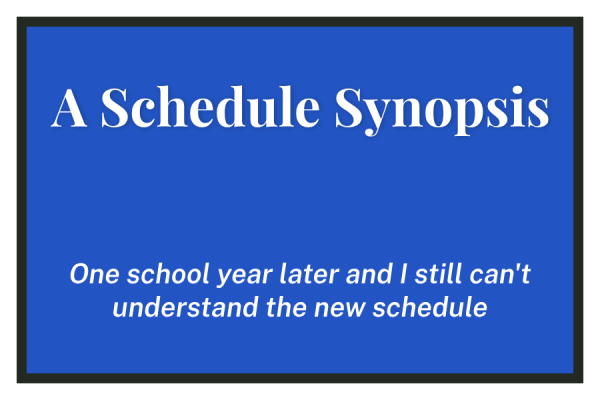The Acting of Autumn
A Review of “Baby With the Bathwater”
The lights are bright as four actors lie on a wooden bed. Behind them, a green, white, and tan set with a door and cabinets takes up the majority of the stage. A baby carriage is positioned precariously right in the center–giving the audience a taste of what’s to come.
Orders for the actors are shouted onto stage as they try to get their footing. Only three are present in the scene, and they repeat lines and change up body language several times. The lights dim as the scene restarts, and the actors’ original positions are taken.
When I attended the rehearsal of a scene, I was captured by the witty script and the ability of the actors to use body language around the stage. This particular scene featured conflict between the nanny (Caitlyn Landau), mother (Natalia Hernandez), and father (Kadem Florsheim). Even though the play was still in its beginning stages, the scene was very well presented.
Occasionally, Holland-Pryor joined the actors on stage to show them her vision. In rehearsal, the actors often heard the words “projection” and “never turn your back to the audience.” Alteration of the script and blocking sometimes happened so it could be more adaptable for the actors. The actors seemed to incorporate their new positions or lines fairly quickly, which was impressive.
Fall signifies the beginning of the academic calendar as students are eased back into the routine of school. Flyers advertising club meetings accompany those of rehearsal schedules on the walls. Roles are cast soon after the start of school, and after-school rehearsals are held with eager actors and actresses.
For decades, Parker has staged plays in autumn, but this year’s Upper School Fall Play, American playwright’s 1983 “Baby With the Bathwater,” is unlike many other that has been presented. Creative director Leslie Holland-Pryor chose the play and does so every year. The piece’s name may not ring a bell. The play ran in the auditorium this past weekend, October 28 through October 31.
Starting in late September, rehearsals were in full swing: after school five days a week from 4-7 PM, and Saturdays. The small cast began meeting in the third floor TV studio and went over scenes from the play’s two acts. After the scenes became more developed, the cast rehearsed in the auditorium, eventually with set and props.
In the dress rehearsal last Tuesday, the first full run-through of the play open to the public, I immediately noticed a difference between the performance in the rehearsal I attended and this one: the actors had pretty much mastered everything. The dark, satirical humor in the content evoked near-constant laughter from the audience. As the play went on, you began to see the confusion of the child’s identity through the eyes of the parents and the child himself. The transitioning between scenes was enjoyable as soft jazz played in the background.
The actors stepped into the shoes of the struggling parents, alongside figures in a school system and a nanny providing aid to their child. Vivid sets and characters, as well as compelling visual and sound effects also enhanced the audience’s experience. I applaud the small cast and crew for all their hard work and dedication because it showed.






